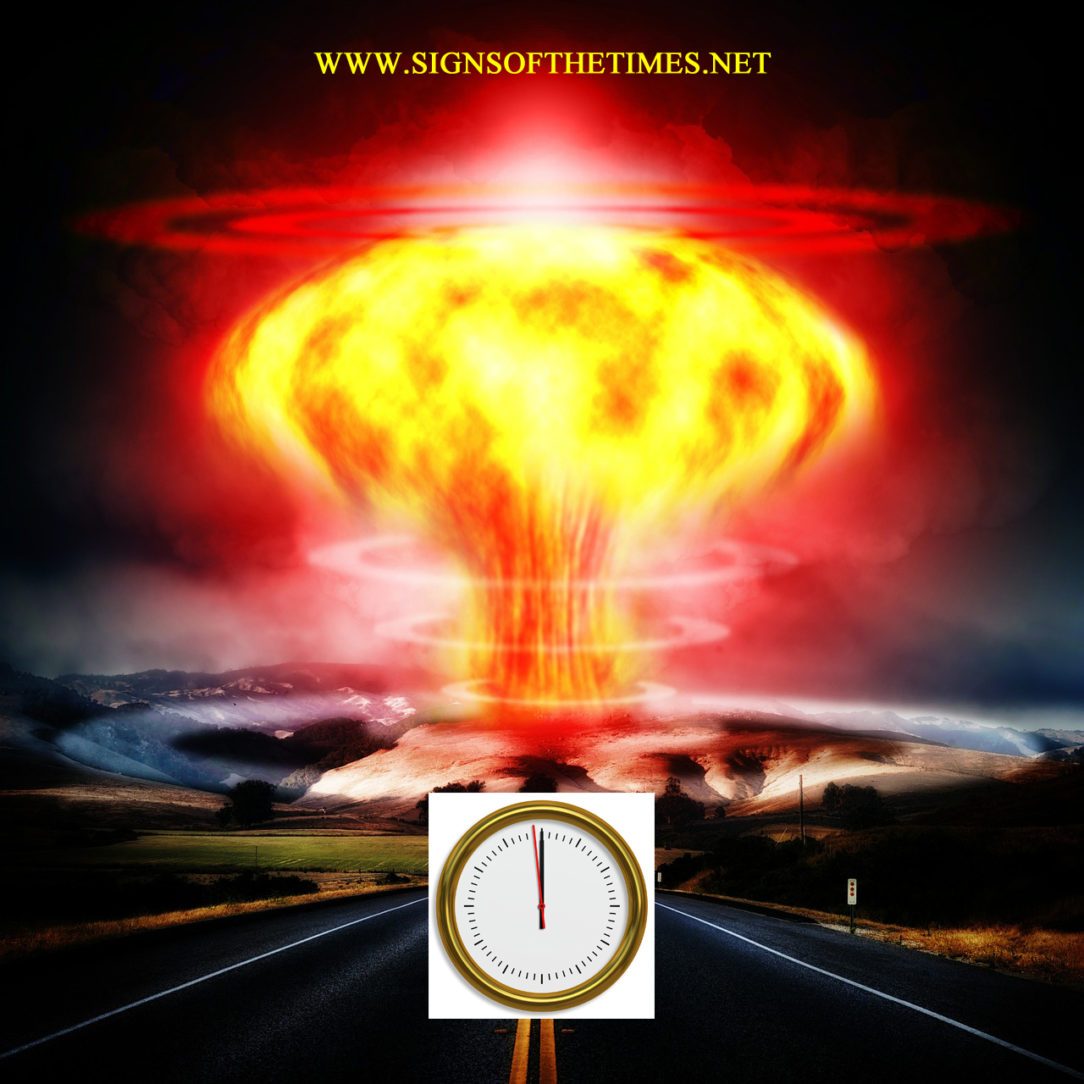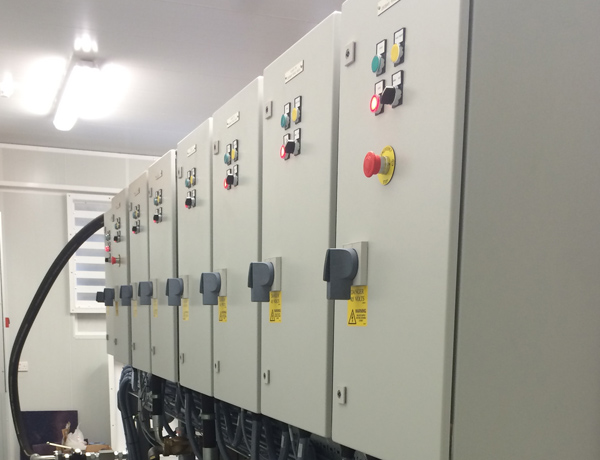
The radioactive dust that settles on the environment around us is an example of potential external exposure. This is one of the reasons why radiation protection professionals work hard to protect people from unnecessary exposure to radiation. One example is the Federal Radiation Council’s 1962 report, Health Implications of Fallout from Nuclear Weapons Testing through 1961. The health risks from fallout have been described in many studies. When radionuclides are ingested, they can change the structure of cells, which is one of the ways people can develop cancer. These radionuclides interact with internal cells and tissues, which increases the risk of harmful health effects. Radionuclides that are inhaled or ingested are not blocked by an external shield. People who then eat this livestock will then still experience internal contamination, in which radioactive material ends up inside of our bodies, despite not consuming contaminated plants or water directly. Livestock may eat contaminated plants or drink contaminated water. When a nuclear detonation occurs, people, plants, and animals can be exposed to the fallout in several ways. This section talks about the different ways we can be exposed to radiation if a nuclear detonation occurs. Some of the fallout radionuclides the EPA’s monitoring systems may detect include:Įven though there is very little fallout that still exists in the environment, it is important to remember that fallout can be very dangerous. For more information about the history of RadNet, please visit the Learn About RadNet webpage.

Background radiation is around us all the time, mostly from natural sources, like naturally-occurring radon and uranium. Now, the EPA uses this system, called RadNet, to look at background radiation levels at many locations across the United States. These monitors were originally designed to detect radionuclides that were released after a nuclear weapon detonation. The EPA maintains a system of radiation monitors throughout the United States. In fact, results are now generally below-levels that instruments can detect. For many years, analysis of air samples has shown risk levels far below regulatory limits. Since the end of above-ground nuclear weapons testing, the day-to-day radiation in air readings from monitoring sites has fallen. Some above-ground weapons testing by other countries continued until 1980. After the Limited Test Ban Treaty of 1963 was signed by the United States, the Soviet Union and Great Britain, most above-ground blasts ceased. Over time the number and size (or yield) of these blasts increased, especially in the late 1950s and early 1960s. Between 19, hundreds of above-ground blasts took place around the world.

The United States conducted the first above-ground nuclear weapon test in southeastern New Mexico on July 16, 1945. Very little radioactivity from weapons testing in the 1950s and 1960s can still be detected in the environment now. Some have very short half-lives and decay away in a few minutes or a few days, like iodine-131, which has a half-life of 8 days. Some stay in the environment for a long time because they have long half-lives, like cesium-137, which has a half-life of 30.17 years.

About Radioactive Fallout From Nuclear Weapons TestingĪbout Radioactive Fallout From Nuclear Weapons Testingįallout typically contains hundreds of different radionuclides.


 0 kommentar(er)
0 kommentar(er)
